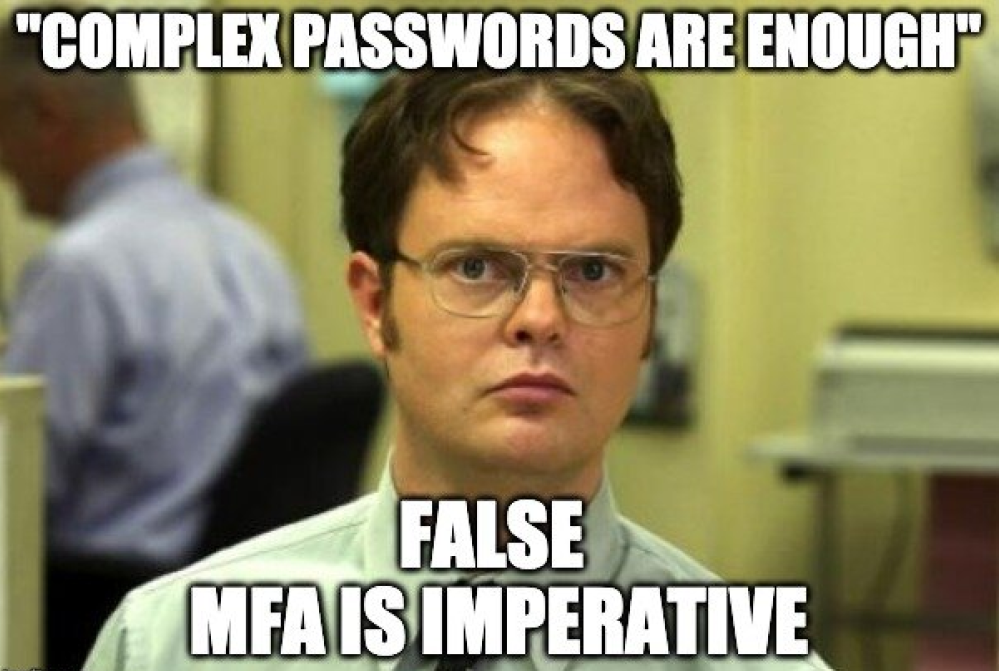In Case You Missed It

This section is all about the latest and greatest going on at e-Builder! From certification classes to podcasts, this past month was filled with exciting new opportunities for our e-Builder Customers.
Training Videos-on-Demand
We just launched 9 new training videos on e-Builder University. These include:
- How to Use The Redline Tool
- Submittal Module Item Revisions - Part 1
- Submittal Module Overview
- CSI Lists in e-Builder Enterprise
- Creating Import Templates
- Uploading and Applying Import Templates
- Cost Overview: Applying Budgets (Troubleshooting and Configuration)
- Cost Overview: Funding
- Cost Overview: Allowance Items
Check out these brand new training videos on e-Builder University.
Virtual Certification Classes
More virtual certification classes have taken place - with more to come! If you haven't had the chance to take a course, now is your chance. We have the following advanced classes coming up:
- Advanced Business Intelligence
July 29th 2 p.m. – 4 p.m. ET
July 30th 2 p.m. – 4 p.m. ET
July 31st 2 p.m. – 4 p.m. ET
REGISTER
- Advanced Structured Workflow
August 4th 1 p.m. – 3:30 p.m. ET
August 5th 1 p.m. – 3:30 p.m. ET
August 6th 1 p.m. – 3:30 p.m. ET
REGISTER
- Cost Management Level 2
August 11th 12:00 p.m. – 2:30 p.m. ET
August 12th 12:00 p.m. – 2:30 p.m. ET
August 13th 12:00 p.m. – 2:30 p.m. ET
REGISTER
These advanced classes won't be available again until 2021, so reserve your spot today!
Additional courses will be released soon. Stay up to date on our latest webinars and training events by visiting our dedicated Customer Center.
Learn about CrewSight
Did you miss our CrewSight Labor Management solution webinar? Some owners think they don’t need to concern themselves with a workforce management solution as they believe this is the responsibility of the General Contractor. Catch the webinar on replay to learn why this position may put you at risk and how CrewSight enables you to:
- Enforce access rules to your job sites and alerts you of unauthorized entries.
- Easily report on compliance with internal and/or governmental mandates for labor.
- Limit site access to workers with proper training, NDAs, drug tests, qualifications, and more.
The Connecting Construction Podcast - Episode 2
Our second episode of The Connecting Construction Podcast is live! In this episode, Joe Eberly, Vice President of Sales for ProjectSight, joins us to answer the challenging questions hitting contractors and provides unique recommendations moving forward. Joe discusses the struggles that contractors are encountering in this time of uncertainty, how remote work comes into play, and more. Tune in to Spotify or listen on our Resource Center to hear more!
July Training Webinar: Reports

Registration for our next Educational Training Webinar is open! On July 29th from 2:00 PM - 3:00 PM ET join Guesly Pierre-Louis and Usiku Adams, e-Builder Sr. Technical Support Analysts, for an overview of Standard and Business Intelligence Reports. In this session, you can expect to learn best practices on:
- Creating reports in both modules
- Troubleshooting
- Sharing Reports
This session is designed for and will be most beneficial to e-Builder Administrators; all levels are welcome to join.
Tip of the Month: Budget Templates
The “Segment to Override When Applied” Feature for Budget Templates
By: Ricaldo Henry, Business Analyst
Before jumping in, we should first know that Budget Templates allow you to pre-load budget line items for project managers to use when creating their budgets. The “Segment to Override When Applied” feature appears when adding a new Budget Template in Administration Tools. The “Segment to Override When Applied” feature allows the person applying the Budget Template to replace the segment that is being overridden with any of the different options of that segment, as defined in the options of the account code. This works best when having an Account Code segment that should be selected for each project.

Note: The Segment Override option is not available for free-entry segments, also referred to as segments which are not using drop-down menu options.
On the onset of creating your Budget Template you will select the “Segment To Override When Applied” dropdown and select the pre-defined Account Code segment that you will want to override in the Budget Template. When adding your Template Line Item, the Segment that is set to be overridden will be disabled and represented as “XXXX”.

When Applying the Budget Template to your project, the user will be prompted to then select the code from the dropdown list of options for the overridden segment.

Tech Talk: How to pa$$word1!
How to pa$$word1!
By: Ashley Sonntag, Product Delivery Manager
Password security is not a new concept.
We all suffer through the basics of passwords.
 1. Use a combination of uppercase, lowercase, number, and special characters.
1. Use a combination of uppercase, lowercase, number, and special characters.2. Make sure it’s at least 8 characters long.
3. No personal information.
4. Never write them down.
5. Don’t tell anyone.
6. Change it often.
7. Don’t reuse it for more than one site.
Where did these policies come from? Are they still effective today?
The United States Department of Commerce's National Institute of Standards and Technology (NIST) sets the standard for which most sites follow with their Digital Identity Guidelines.
In 2013 NIST advised the use of irregular capitalization, special characters, and at least one numeral. It also recommended changing passwords regularly, at least every 90 days. This was the advice that most systems followed, and was "baked into" a number of standards that businesses needed to follow.
In 2017 NIST updated their recommendations, dropping the complexity requirements and the 90-day rule for arbitrarily or regularly changing passwords.

Users respond in very predictable ways to policies.
- Composition: The desired “password” as their password likely becomes “Password1” if required to include an uppercase letter and a number - or “Password1!” if a symbol is also required.
- 90-day rule: “Password1!” “Password2!” “Password3!” etc.
Even for password length requirements, which is one of the policies that actually does increase strength, users will simply add more numbers or repeat characters: “Password123!!!”.
Password Policies are effective - but not nearly enough
The most dangerous practices are ones we cannot enforce or detect.
- Password Reuse

- The average American has 27 online accounts that require passwords.
- 66% of Americans reuse the same passwords for their online banking, email, and social media networks.
- Don’t tell anyone or write it down
- 43% of Americans have shared their password in the past with someone else.
So what is the most effective policy?
Even if we follow all the current recommendations for password policies, the protection of a perfect password is not enough due to the things we cannot detect.
Educate yourself and your organization on password best practices and more importantly, why they exist.
Use a password manager. Password managers, like LastPass, allow you to have robust and unique passwords for each and every site. Use one — it's worth it.
Multi-factor Authentication (MFA) - e-Builder allows you to require MFA for all or some of your users.
We highly recommend you require MFA for account users with elevated rights.
If you turn on MFA verification we’ll ask for two things when logging in:
- Your password.
- An extra security code. We send a security code to your email address, or you can get one through an authenticator app on your smartphone.
MFA verification boosts account security by making it more difficult for hackers to sign in—even if they know or guess your password.
Based on studies at Microsft, your account is more than 99.9% less likely to be compromised if you use MFA.
Let’s not get crazy - Multi-factor Authentication is the least you can do if you are at all serious about protecting your accounts.
Maintenance Notes
The monthly July Maintenance Release was released yesterday, July 16, 2020. CLICK HERE to view a copy of the release notes. These release notes include issues that have been resolved.
Please contact e-Builder Technical Success Team with any questions at [email protected].


